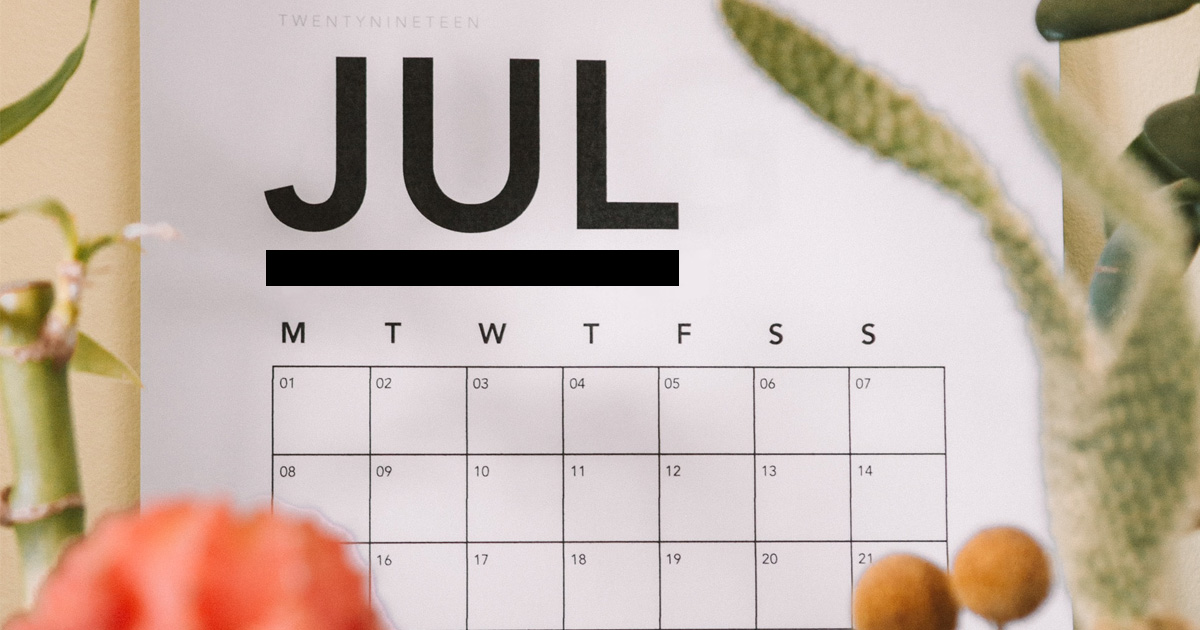From my first day at Radix, I started developing useful skills in crafting good B2B copy. In this post, I’ll tell you what I got up to during my internship – and my takeaway copywriting tip from each week…
Week 1: avoiding information overload
On my first day, I was given a technology training session (or, technology deep dive as I called it). Our lovely colleague Matt took me on an adventure through SaaS, IoT and IVR – I know, I didn’t get it to begin with either.
I also completed training on processing a brief, which was really helpful as it showed me the Radix way of breaking down copywriting briefs – and the components to include in a good one:
- Word count
- CTA
- Language preferences – US or UK English?
- Format
- Tone of voice
- Audience personas
- Context of the project – Why this project? Why now?
- The subject’s benefits to the business
- What the audience should take away from the piece
Favourite project: eggs
I got to work on an ‘egg blog’ this week – that’s right, a blog about eggs. It was more interesting than that sounds, I promise.
Copywriting tip of the week: be ruthless
The blog about the egg market was really interesting, and it taught me that you shouldn’t be afraid to be ruthless when it comes to useless information. The brief included client deliverables that were packed with information – and most of it wasn’t relevant to the project’s aims. Overall, it’s better to be selective than to overwhelm the reader with content.
Week 2: focusing on the purpose
This week, I got to work on my first active client project. This involved sitting in on a briefing call where we discussed how best to navigate the writing process – and get to the root of the story.
Favourite project: social media copywriting
I was asked to write a couple of ‘social seeds’ for a brief the team were working on. This project challenged me to take a lot of subject matter that I wasn’t previously aware of, and break it down into smaller phrases – without losing the overall message.
Copywriting tip of the week: bring your reader to the fore
The feedback from my social seeds was to ‘always foreground the audience’. This is imperative in most copy – write about the effect on the audience by getting the second-person pronouns in ASAP. Remember, ‘you’ is important.
Week 3: building your own brief
In my penultimate week, the writing team and I were in the middle of a relatively difficult brief that was scattered across multiple documents, and had to be assembled– like the world’s most annoying jigsaw.
It was a challenge to piece together but, once we had done, it was a really fun piece of work to take part in. The challenging nature of the project helped me further understand exactly what makes a good brief – and that’s clarity.
Favourite project: press release copywriting
This week, my favourite project was a press release. It was a departure from the usual work, and entirely refreshing. It was also an interesting challenge — taking a whole story and distilling it down into 300 words. I focused mainly on the aspects of the news that could be built into a story, and got rid of the information that didn’t fit the narrative the client wanted to get across. (Refer to tip #1 – be ruthless.)
Copywriting tip of the week: archaic language? Yawn!
When it came to the press release, the advice I was given was to not use archaic language – ‘wherein’ does not belong in good, engaging copy. Yes, I used the word ‘wherein’.
Week 4: bringing it all together
In my final week, I was really able to get into some interesting projects – including this blog post itself!
Favourite project: making technical detail conversational
I got to work on a B2B tech blog with a fun, conversational tone of voice. This was really enjoyable, as it gave me room to stretch my legs – allowing for a really simple way of breaking down technological concepts. The conversational tone makes for a more engaging read, so your audience are more likely to stick with you until the end of your writing (and, as a result, follow the CTA – hopefully).
Copywriting tip this week: embrace short sentences
The blog taught me not be afraid of a short sentence. Really. They can be just as, if not more, effective than long, winding sentences. In ‘short’, get your message across in as few words as possible. It’ll keep the reader engaged, and enhance the clarity and conciseness of your message.
Official: the Radix internship rocks
Overall, I’ve really enjoyed this internship. I’ve learned a tonne of interesting skills, and built upon my existing experience quite nicely. It’s also helped build my confidence in my writing and my ability to take constructive criticism too!
So, if you’re reading this and thinking you’d like to apply – I’d go for it. But not just yet; you’ll have to wait till next summer.
(Thank you, Priya, for your hard work and positive attitude. It was a delight to have you in the office.)




